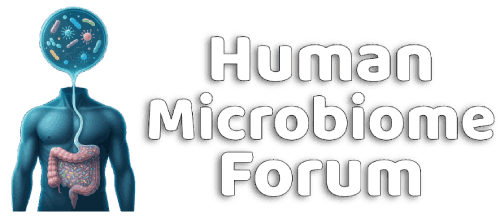Michael Harrop
Well-known member
https://phys.org/news/2025-04-artificial-sweetener-power-antibiotic-resistance.html
https://www.embopress.org/doi/full/10.1038/s44321-025-00219-1
https://www.embopress.org/doi/full/10.1038/s44321-025-00219-1
Saccharin, the artificial sweetener used in diet foods like yogurts and sugar-free drinks, can kill multidrug-resistant bacteria—including one of the world's most dangerous pathogens.
"Saccharin breaks the walls of bacterial pathogens, causing them to distort and eventually burst, killing the bacteria. Crucially, this damage lets antibiotics slip inside, overwhelming their resistance systems."
The international team found that saccharin both stops bacterial growth and disrupts DNA replication and stops the bacteria from forming biofilms—sticky, protective layers that help them survive antibiotics.
it not only kills drug-resistant bacteria but also makes existing antibiotics more effective
They also created a saccharin-loaded hydrogel wound dressing that, in tests, outperformed market-leading silver-based antimicrobial dressings currently used in hospitals.
Abstract
Saccharin has been part of the human diet for over 100 years, and there is a comprehensive body of evidence demonstrating that it can influence the gut microbiome, ultimately impacting human health. However, the precise mechanisms through which saccharin can impact bacteria have remained elusive.
In this work, we demonstrate that saccharin inhibits cell division, leading to cell filamentation with altered DNA synthesis dynamics. We show that these effects on the cell are superseded by the formation of bulges emerging from the cell envelope, which ultimately trigger cell lysis. We demonstrate that saccharin can inhibit the growth of both Gram-negative and Gram-positive bacteria as well as disrupt key phenotypes linked to host colonisation, such as motility and biofilm formation. In addition, we test its potential to disrupt established biofilms (single-species as well as polymicrobial) and its capacity to re-sensitise multidrug-resistant pathogens to last-resort antibiotics. Finally, we present in vitro and ex vivo evidence of the versatility of saccharin as a potential antimicrobial by integrating it into an effective hydrogel wound dressing.
- Format correct?
- Yes
